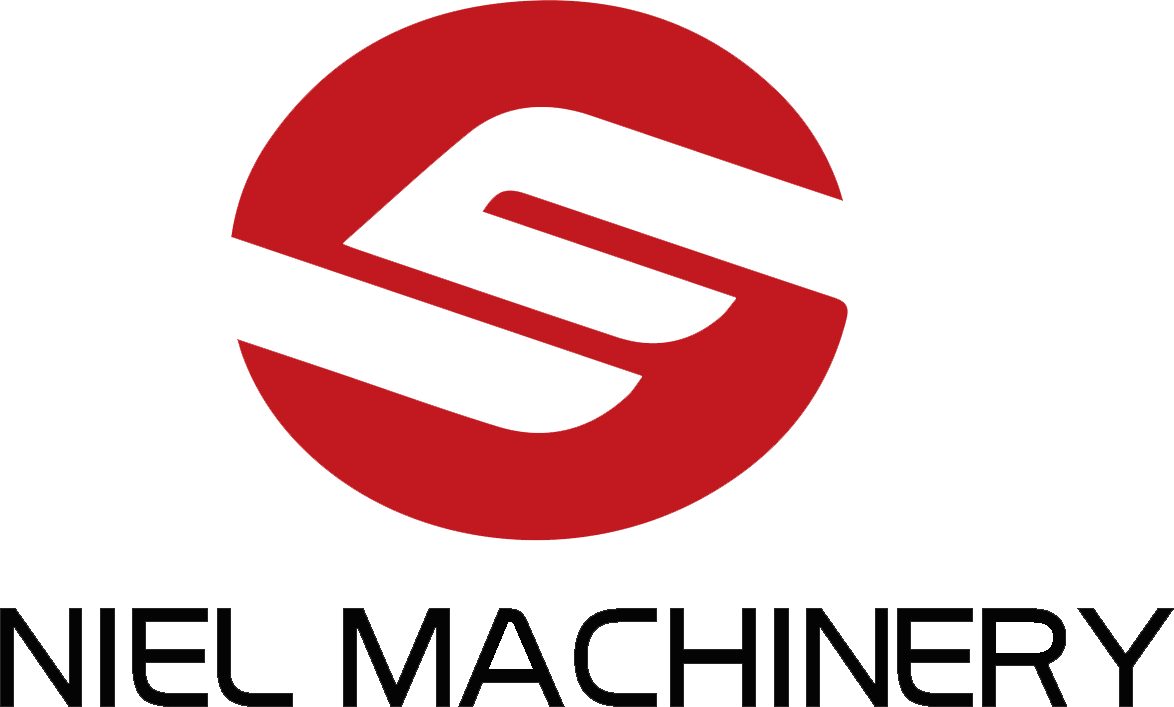What should I do if the mixer is difficult to start?
Release time:
2025-04-14 12:44
Source:
Difficulty starting a mixing machine can be caused by a variety of reasons. Here are some common solutions:
1. Check the power supply
Voltage: Ensure the power supply voltage meets the equipment requirements. Too low or too high voltage will affect startup.
Wiring: Check that the power supply wiring is secure and there is no looseness or damage.
2. Check the motor
Motor failure: Motor winding short circuits, open circuits, or bearing damage may cause difficulty starting. Check the motor condition and repair or replace if necessary.
Capacitor problems: Damaged capacitors in a single-phase motor will affect startup. Check and replace damaged capacitors.
3. Check the transmission system
Belt too tight or too loose: A belt that is too tight will increase the starting load, while one that is too loose may cause slippage. Adjust the belt tension.
Gears or chains: Check if the gears or chains are jammed or worn. Lubricate or replace if necessary.
4. Check the load
Overload: An excessive load during startup may cause difficulty starting. Ensure the equipment operates within its rated load.
Material distribution: Uneven material distribution may increase the starting load. Ensure the material is evenly distributed.
5. Check lubrication
Insufficient lubrication: Insufficient lubrication of moving parts will increase starting resistance. Ensure all moving parts are adequately lubricated.
Lubricant selection: Use the appropriate lubricant; avoid using too much or too little.
6. Check the control system
Control elements: Check if the start button, contactor, relay, and other control elements are working properly. Replace if necessary.
Protective devices: Check if the overload protection device has tripped. Reset or replace.
7. Environmental factors
Temperature: In low-temperature environments, the viscosity of lubricating oil increases, which may cause difficulty starting. Use a lubricant suitable for low temperatures.
Humidity: High humidity may cause electrical components to become damp. Check and dry.
8. Regular maintenance
Maintenance plan: Develop and implement a regular maintenance plan. Replace worn parts in a timely manner to keep the equipment in good condition.
Related News
Boosting Efficiency: Semi Automatic Powder Filling Machine in Action
Boosting Efficiency: Semi Automatic Powder Filling Machine in Action Table of Contents 1. Introduction to Semi Automatic Powder Filling Machines 2. What is a Semi Automatic Powder Filling Machine? 3. How Does a Semi Automatic Powder Filling Machine Work? 4. Benefits of Semi Automatic Powder Filling Machines 5. Applications of Semi Automatic Powder Filling Machines 6. Maint
Understanding Semi-Automatic Powder Filling Machines: A Comprehensive Overview
Semi-automatic powder filling machines are pivotal in the packaging sector, particularly for businesses handling powdered products such as spices, flour, chemicals, and pharmaceuticals. These machines bridge the gap between manual filling methods and fully automatic systems, offering businesses an optimal solution for efficiency and precision. One of the primary advantages of semi-automatic powder
The Evolution of Mixing Machinery: Horizontal Paddle Mixers at the Forefront
The Evolution of Mixing Machinery: Horizontal Paddle Mixers at the Forefront Table of Contents 1. Introduction to Mixing Machinery 2. A Brief History of Mixing Machinery 3. Technological Advancements in Mixing Machinery 4. Understanding Horizontal Paddle Mixers 5. Applications of Horizontal Paddle Mixers 6. Advantages of Horizontal Paddle Mixers 7. The Future of Mixing Machinery 8
The Essential Guide to Horizontal Paddle Mixers: Applications and Benefits
Horizontal paddle mixers are vital components in various manufacturing and processing operations, particularly within the realm of mixing machinery. Understanding the workings and benefits of these mixers can significantly enhance operational efficiency and product quality. A horizontal paddle mixer typically features a cylindrical mixing chamber equipped with paddles that rotate on a horizontal a
Exploring the Dynamic Capabilities of Industrial Ribbon Mixers Table of Contents Introduction to Industrial Ribbon Mixers Understanding the Mechanics of Ribbon Mixers Advantages of Using Ribbon Mixers in Manufacturing Applications of Ribbon Mixers Across Industries Maintaining Your Ribbon Mixer for Longevity Future Trends in Ribbon Mixer Technology Case Studies: Ribbon Mixers in Act
Understanding Industrial Ribbon Mixers: Essential Tools for Effective Material Blending
Industrial ribbon mixers are vital pieces of equipment used in various manufacturing processes, particularly in the blending of powdered and granular materials. These mixers are characterized by their unique design, featuring a set of helical ribbons that move materials through the mixing chamber, ensuring a thorough and uniform blend. With increasing demands for consistency and quality in product




















